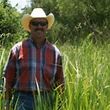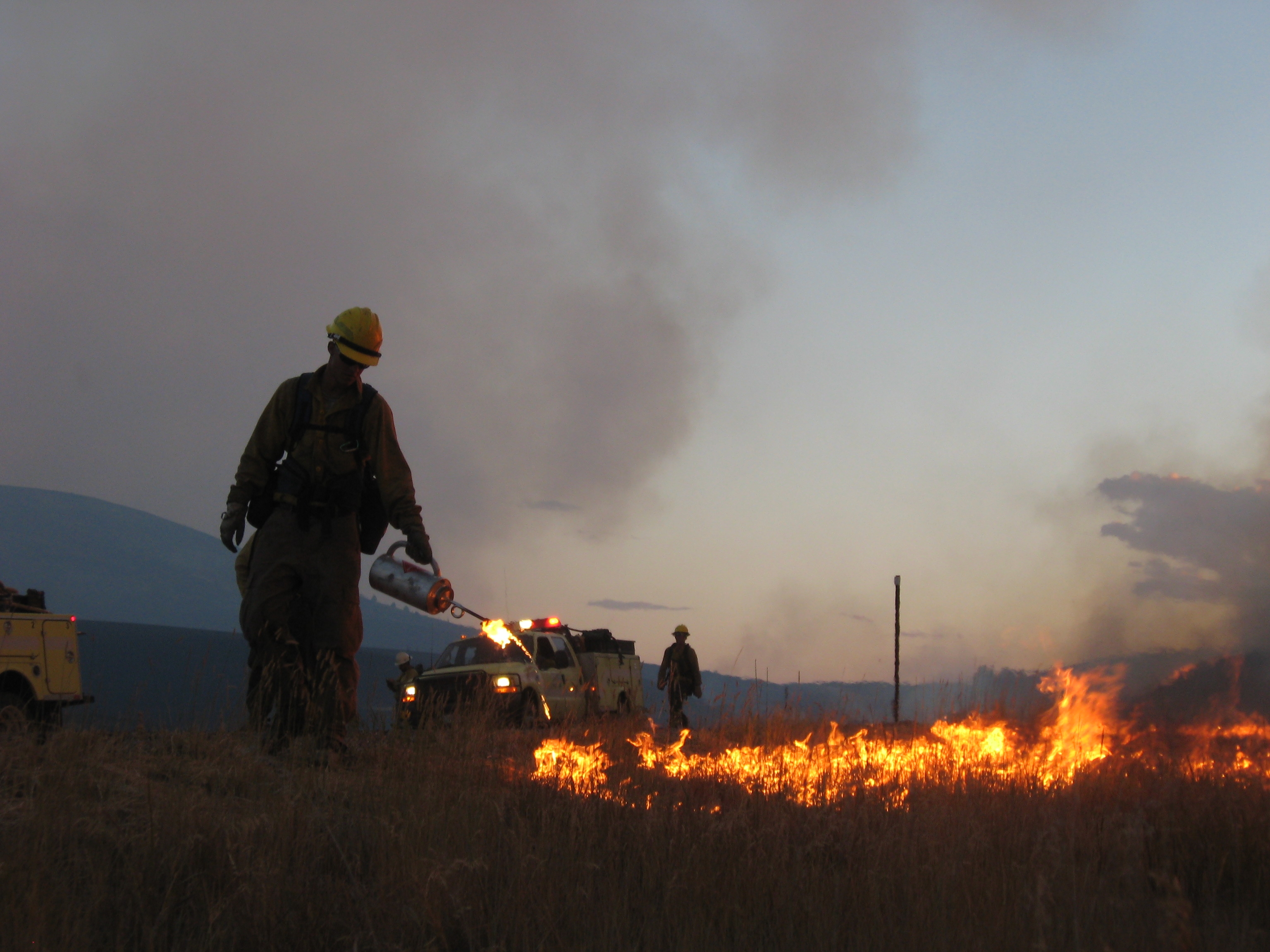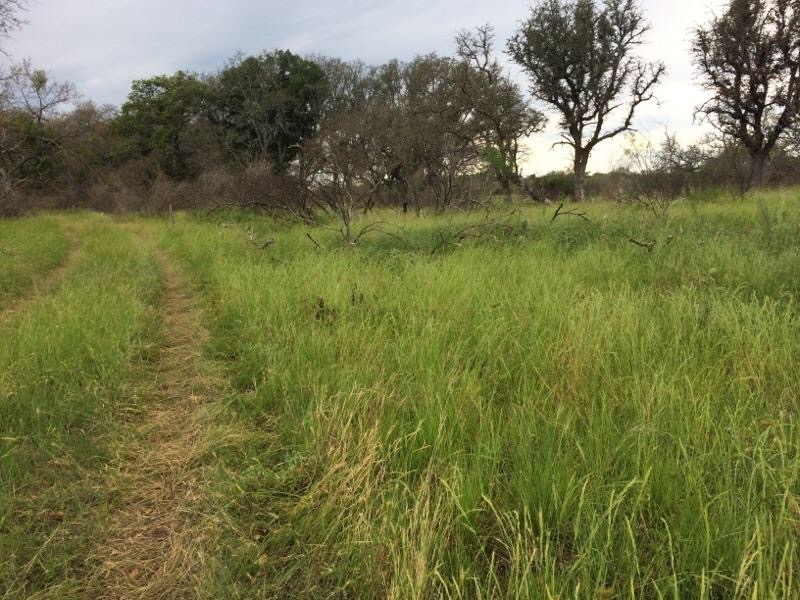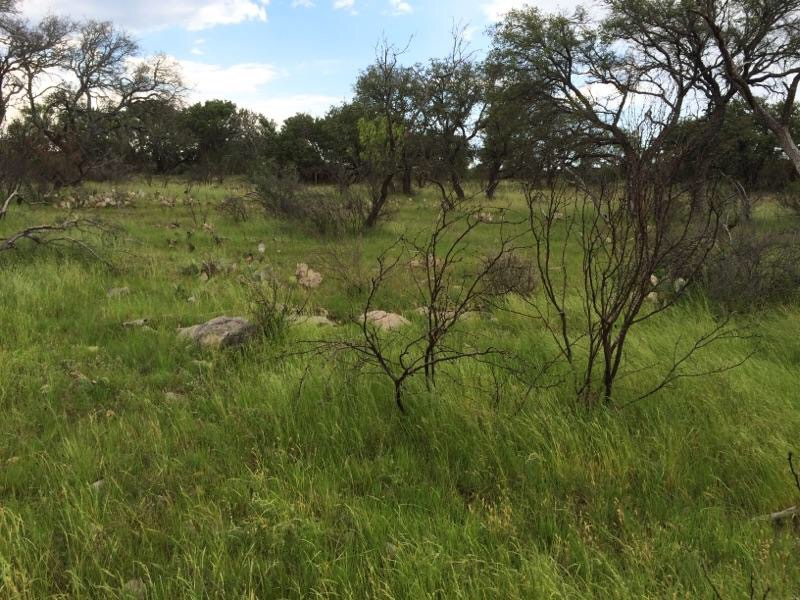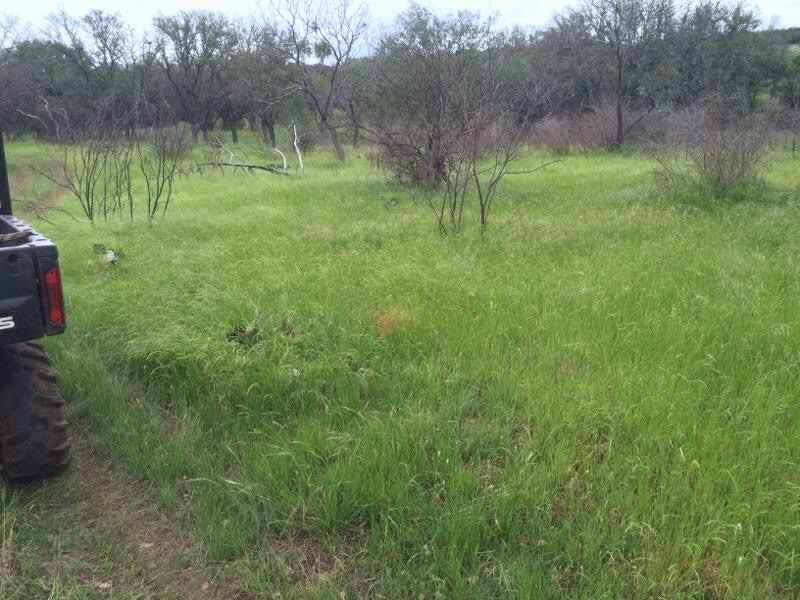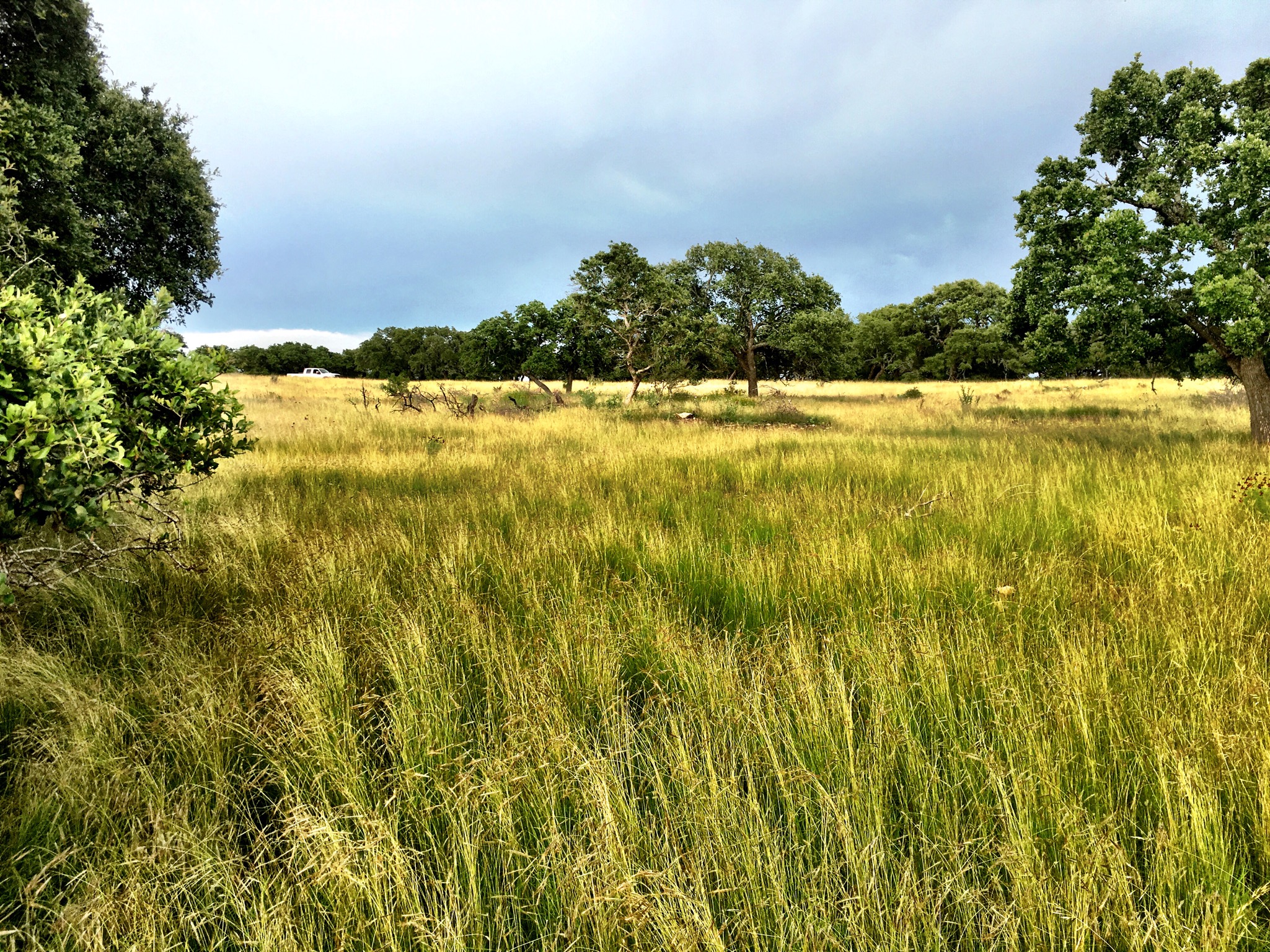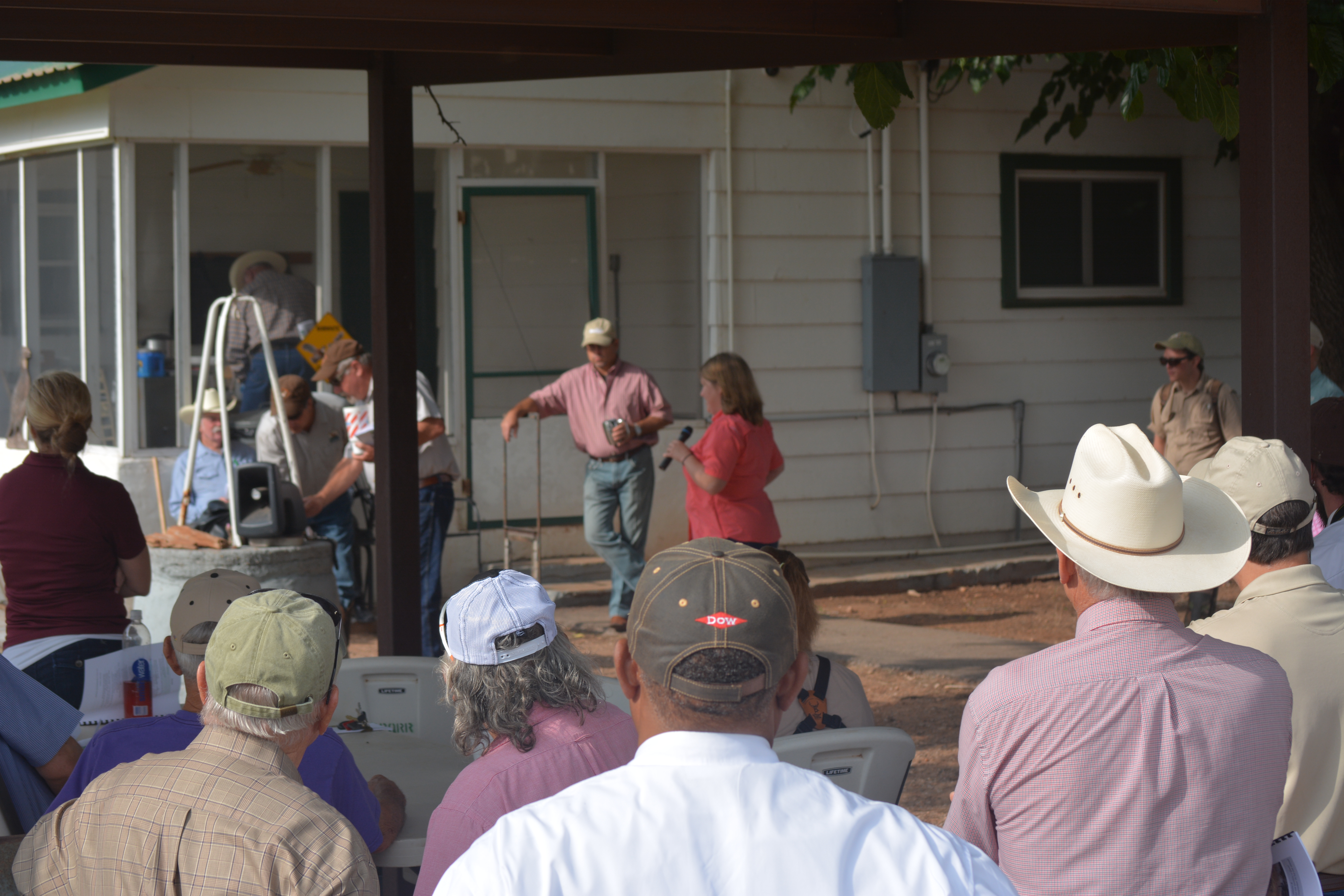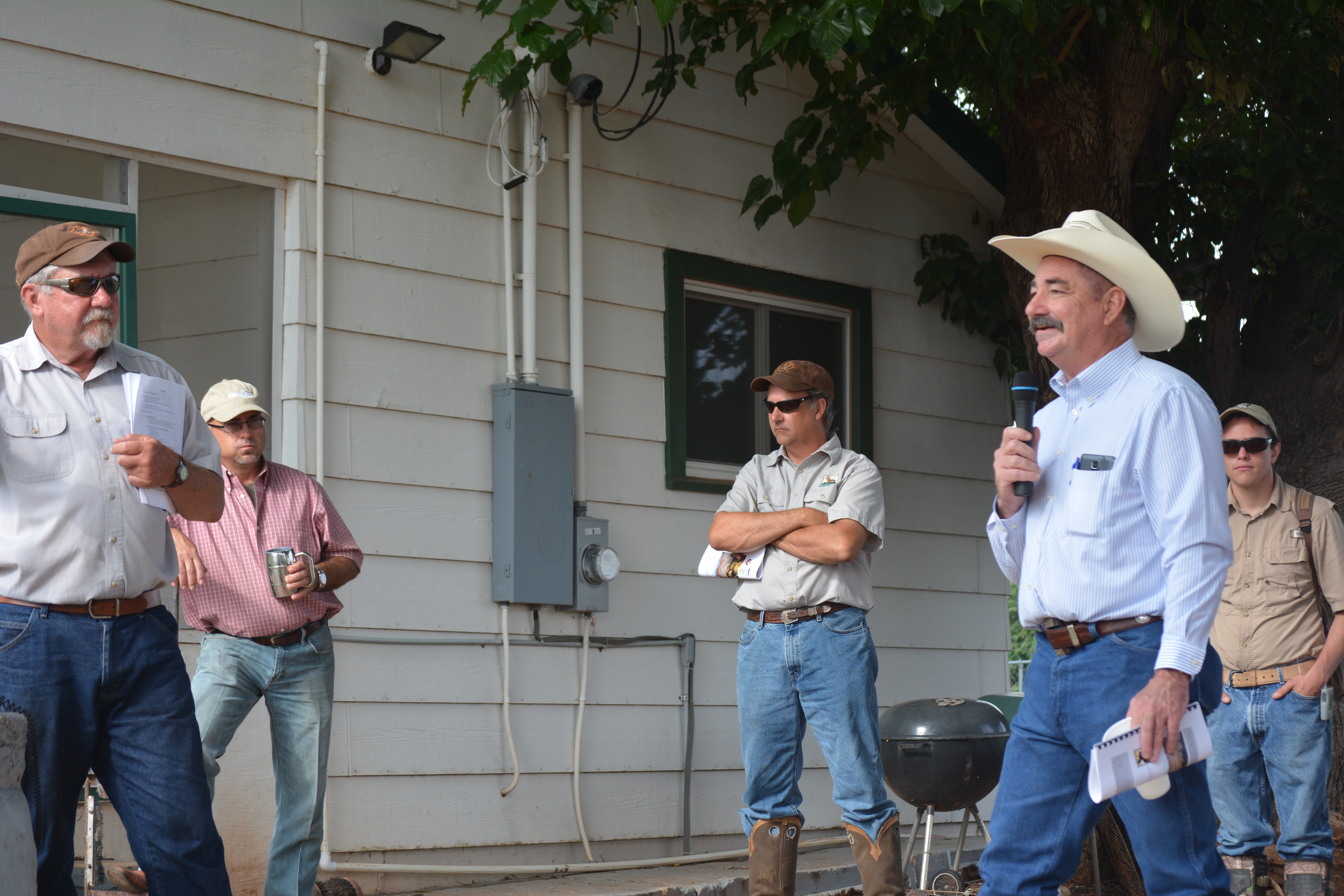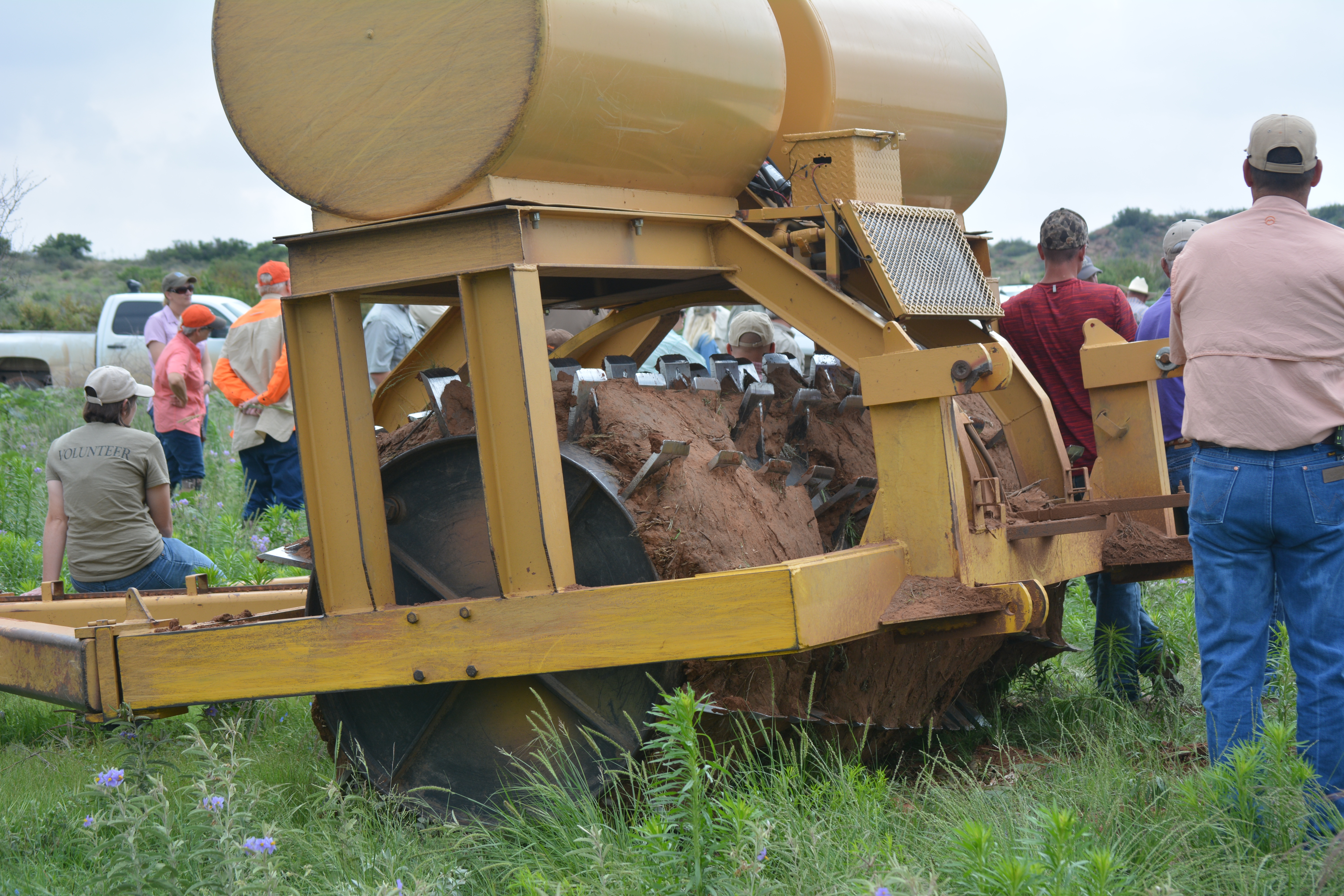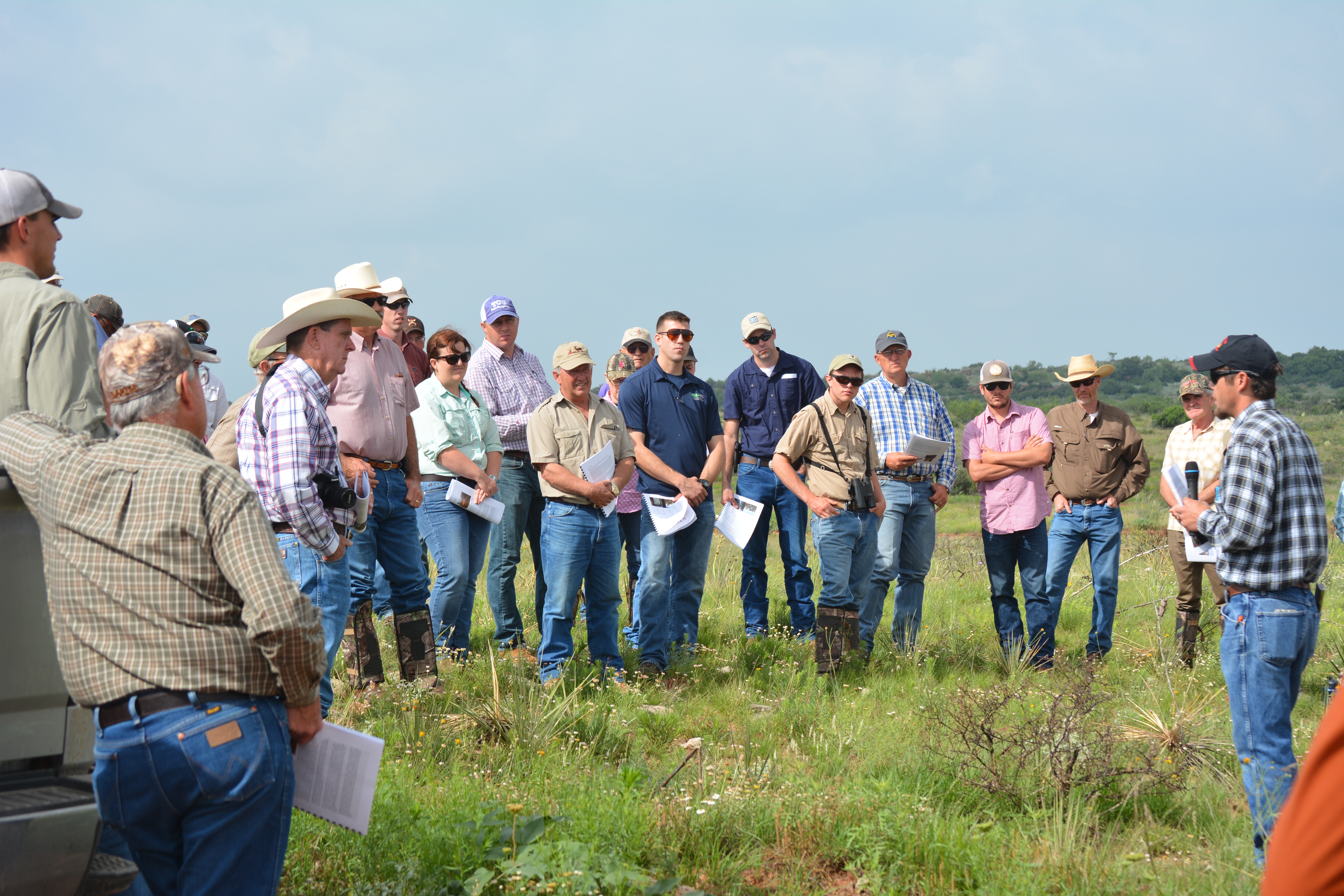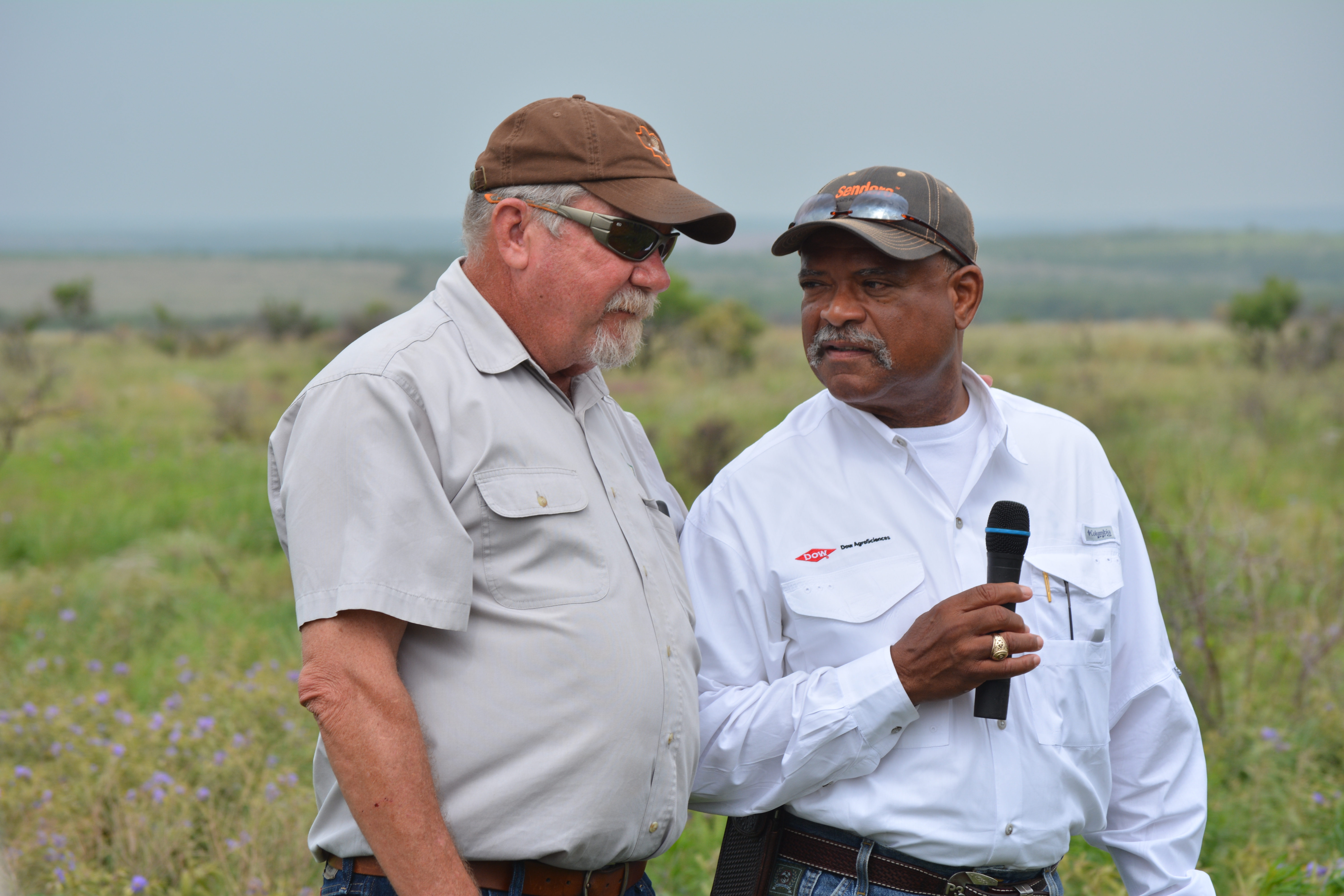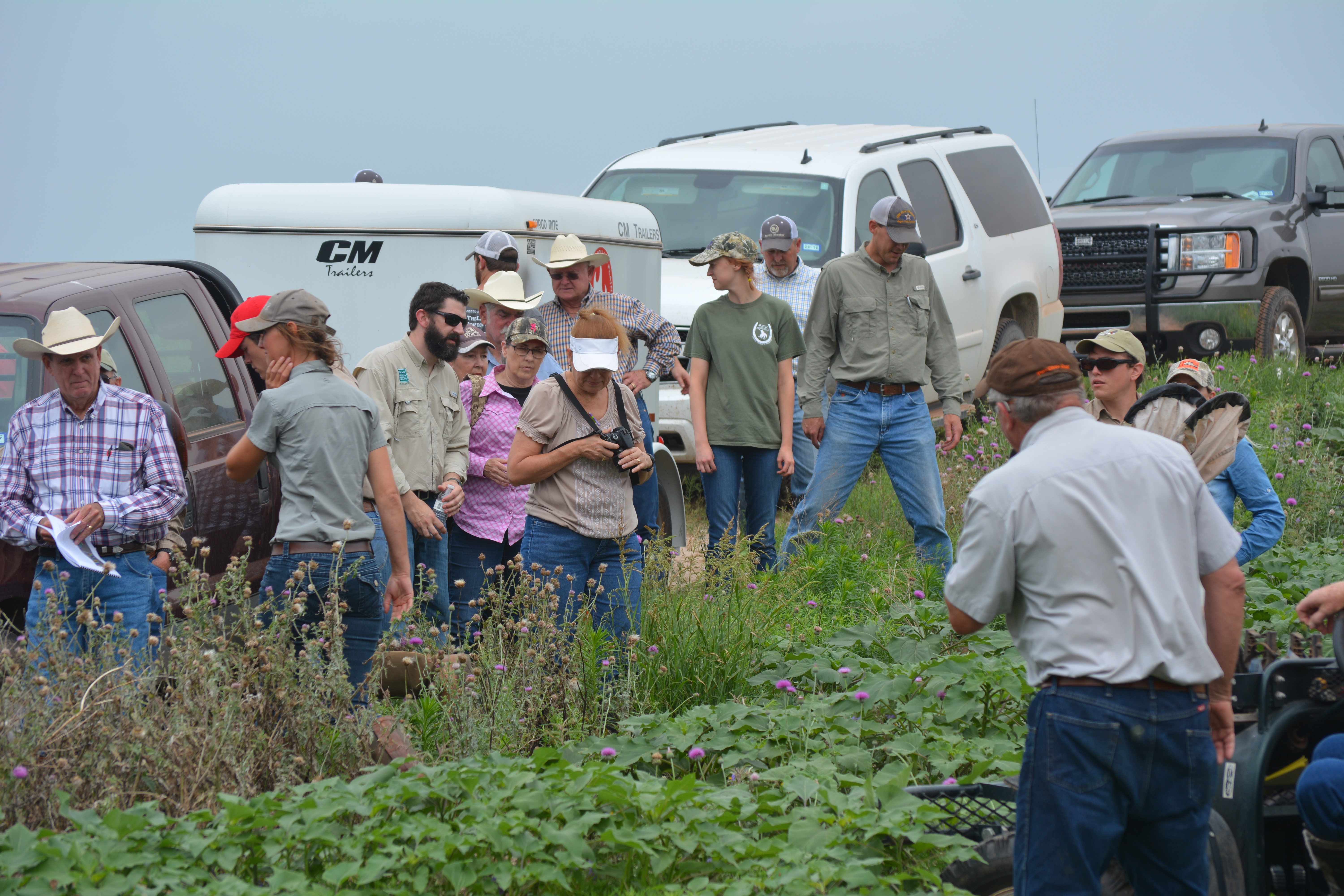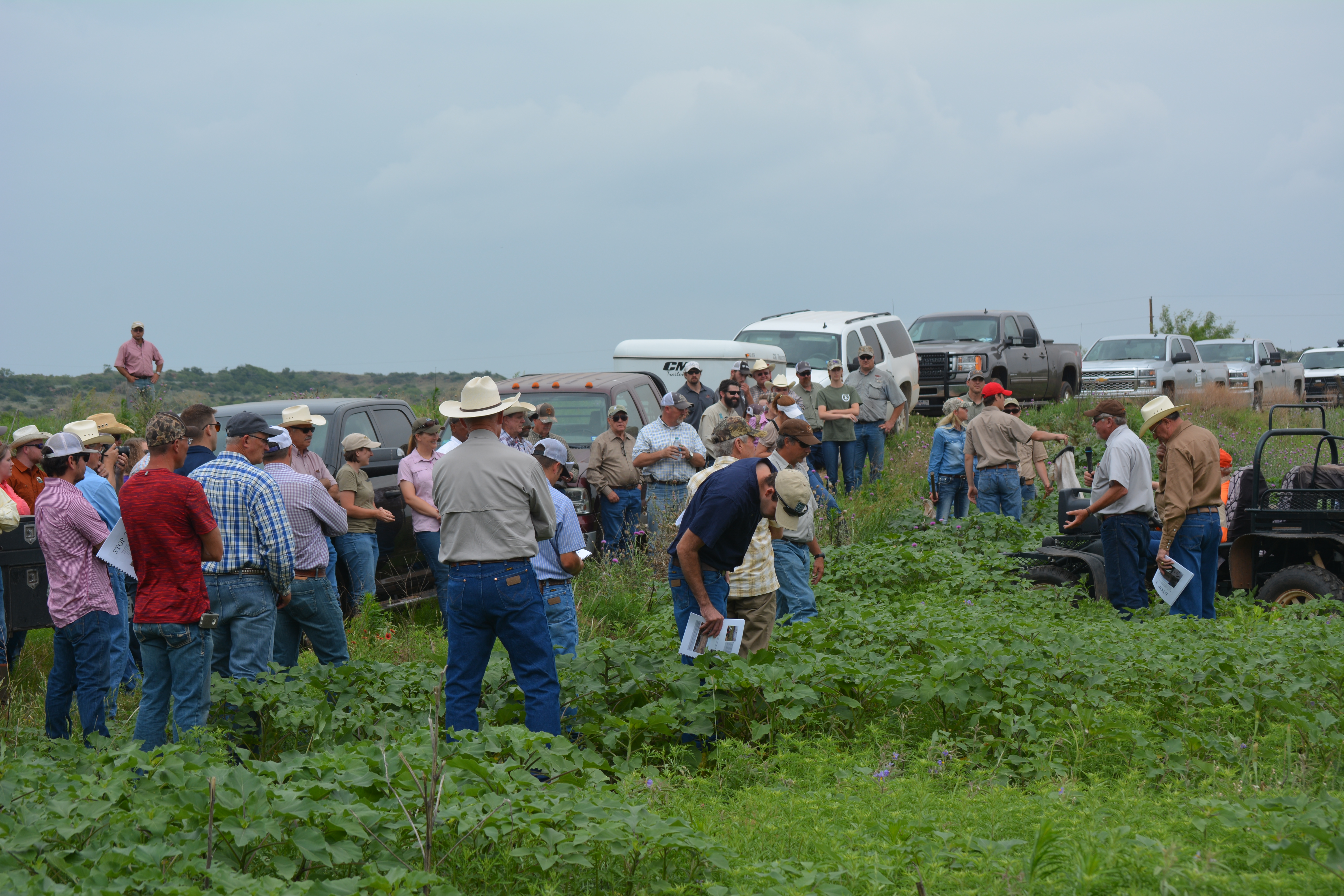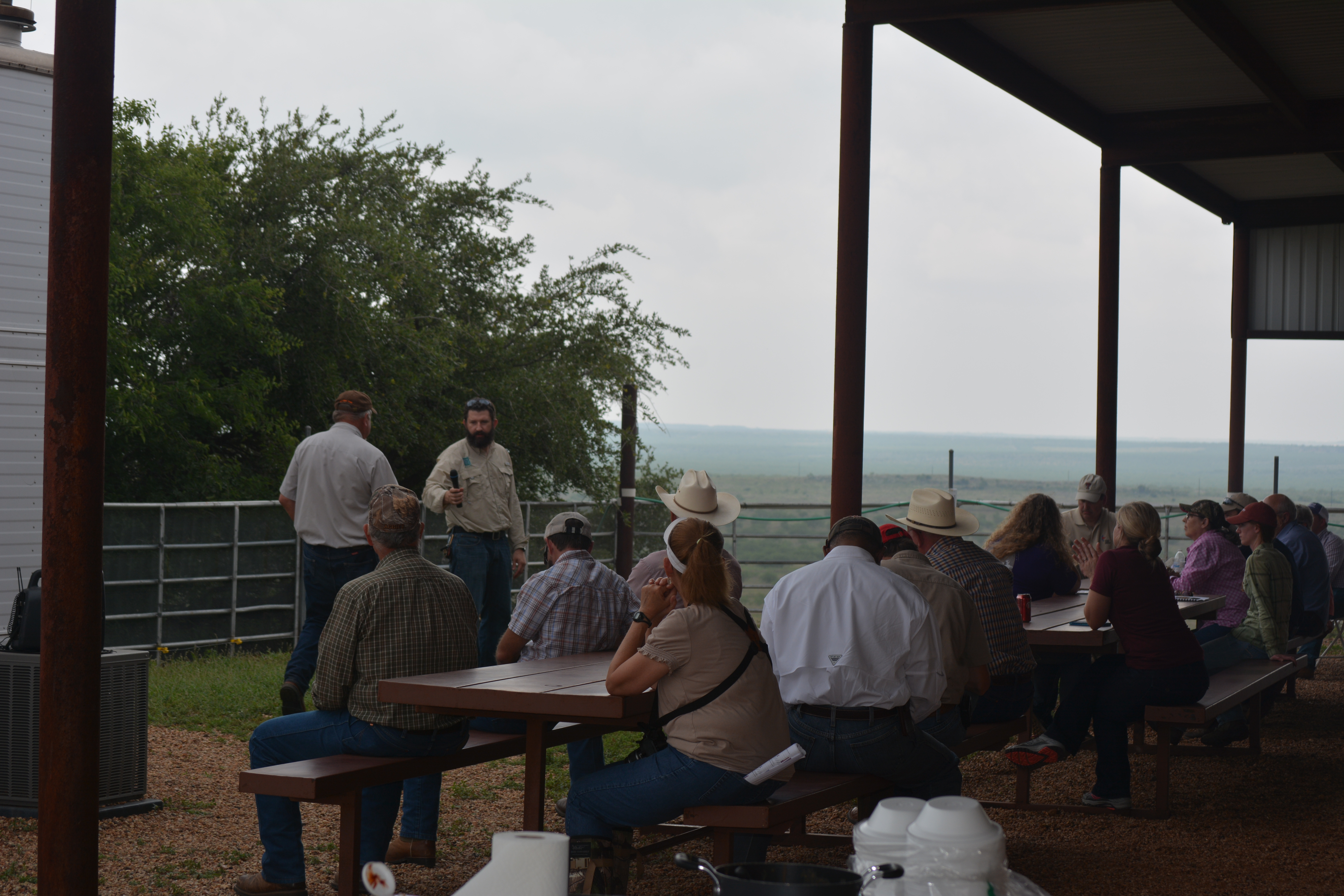If you have ever heard of prescribed burning in Texas, then I am sure you have heard of thee Dr. Butch Taylor. He goes by Dr. Charles A. Taylor, Jr. on his numerous publications (I’m telling you folks, he wrote the book, literally). Butch is a tremendous friend, mentor, and colleague and I hope you enjoy his story as much as I have. We could all learn something from Butch.
How did you get introduced to fire? Fire was first presented to me as a viable range management option when I was in 4-H and involved in range judging. Later, as an undergraduate majoring in range science, fire was again presented as a viable range management option. However, both of these experiences were more hypothetical and involved no practical application of fire to the landscape. In fact, in the mid-and late 1960s, fire was viewed as being harmful to the ecosystem by the general public and even by some range professionals. Also, growing up in a “dry-climate” (Pecos County), I was not able to experience or view any evidence that fire was something that could be used in range management (I never saw any evidence of a fire-culture and didn’t know if it existed).
Surprisingly, the army provided my first experience of the benefits of fire. I entered the Army in 1968 and was sent to Fort Sill for artillery training. I’m sure I was the only range science major in the class. A big part of our training was live-firing artillery into the impact zone. They would load us in trucks and transport us to the firing range where we would be assigned a target and we would have to send in fire missions via radio. This training occurred during July and August and it was extremely hot and dry. Coming from the Trans-Pecos region of Texas, I had never seen grass production like what was produced at Fort Sill (i.e., tall grasses such as big bluestem, Indian grass, little bluestem, etc.).
One extremely hot, dry, windy day, while firing artillery rounds into the impact zone a fire broke out. The wind was blowing towards us and even though there was some distance between the impact zone and our location, it was obvious the fire would be upon us quickly. The Colonel in charge of the exercise quickly gave the order to load-up in the trucks and get out of the area. While everyone else was scrambling to get into the trucks, I stood and watched in amazement as the fire traveled across the landscape with flame lengths over 20-feet high. My attention was quickly brought back to the issue at hand as the Colonel screamed in my ear to get my b_ _ on the truck, right now!
Later I asked the Colonel how often they had fires during the training sessions. He commented he had been stationed at Fort Sill for over 5-years and his recollection was that it had burned every summer.
Later I was stationed at Fort Hood, where I observed the same results of frequent fire as I observed at Fort Sill. And, then I spent a year in the Mekong Delta of Vietnam and while most of the land was used for rice-farming, there were zones where farming was not used due to frequent and intense combat. These areas were dominated by tall grasses which burned frequently during the hot, dry- season.
Because of these observations in the Army, I started setting fires under hot, dry conditions as soon as I got in a position of authority.
How early do you start planning for a burn? There are general guidelines that can be used in the process for prescribed burning. A general guideline is to start prescribed burn planning 2-3 years prior to implementation of the burn. The application of prescribed fire is not rocket science, but it can be complicated. One major reason for this is that actual burn days are limited within any particular year, and the burn plan should be planned and developed well ahead of the actual fire (e.g., wait until optimum weather conditions and then be in a position to pull the trigger at a moment’s notice). Preparation of the burn unit is also time consuming. For example, fire-line preparation results in piles of brush along the fine-line. Brush piles contain large amounts of 10-hour fuels. Diameter of these fuels range in size from ¼” to 1” in diameter. They are light enough to be picked up by the energy of the fire but large enough to continue burning a considerable distance downwind (i.e., I’ve experienced spot fires starting 600-feet downwind from brush piles). Brush piles should be burned during safe conditions. Bottom line is that a comprehensive burn plan may contain over 20-important items that have to be developed, planned, and explained prior to the burn; this takes time.
What’s most unique about a post-fire environment? The answer to this is somewhat a function of the goals and objectives of the landowner. For example, if a manager is mostly trying to improve cattle production then fires that reduce woody plant cover and increase grass are usually favored. If the major noxious plants are perceived to be prickly pear, ashe juniper, and Eastern red cedar, then starting prescribed fires during dry periods in the summer time can have drastic effects on the vegetative complex. Even with dense stands of juniper and pear these plants can actually be killed with the right kind of fire (i.e., reclamation burns conducted during drought). This practice of growing season burning has the most potential for increase grass production in the Edwards Plateau.
If the goal is to improve forage quality with some suppression of woody plant growth and/or mitigate wildfire frequency and intensity, then burns conducted during the dormant season under mild conditions might be the choice. Actually, very few species of plants are killed by fire. Most plants are well adapted to fire and respond in a positive manner following fire. Fire is not a one-time tool.
In your opinion, what makes a successful fire? Any fire that meets the goals and objectives of a land manager is a successful fire. The goals and objectives should be clearly explained in the burn plan and a prescription developed to meet those goals and objectives. It should also be remembered that grass is the major component of the fuel to carry the fire. And that grass can be used for forage or fuel. So a successful fire not only requires a comprehensive burn plan but also effective grazing management.
Who or what would you never burn without? I would never burn without a weather forecast. Over the years I’ve seen more people get into trouble starting fires without having a comprehensive weather forecast (this includes prescribed burns, burning brush piles, trash burning, etc.). A close second would be a good comprehensive insurance policy.
